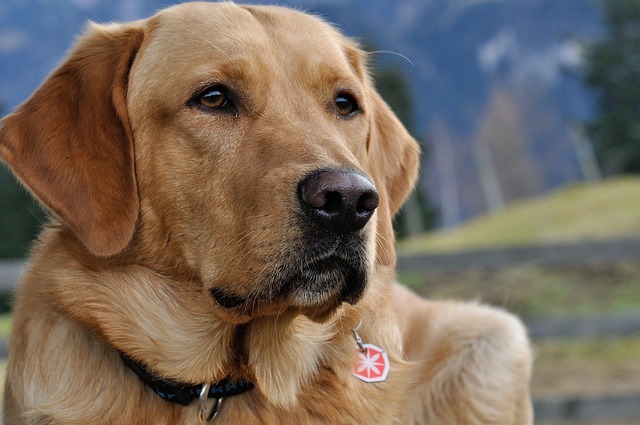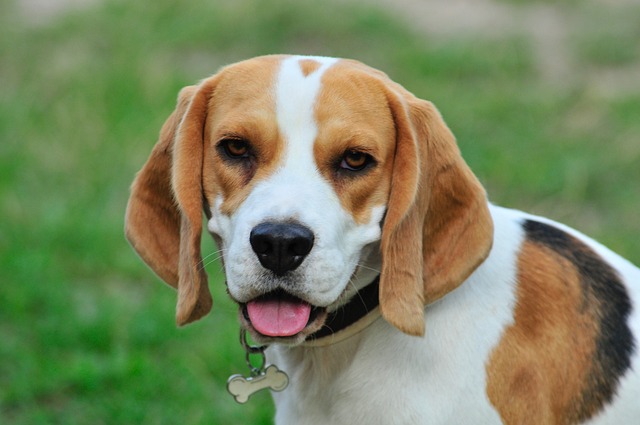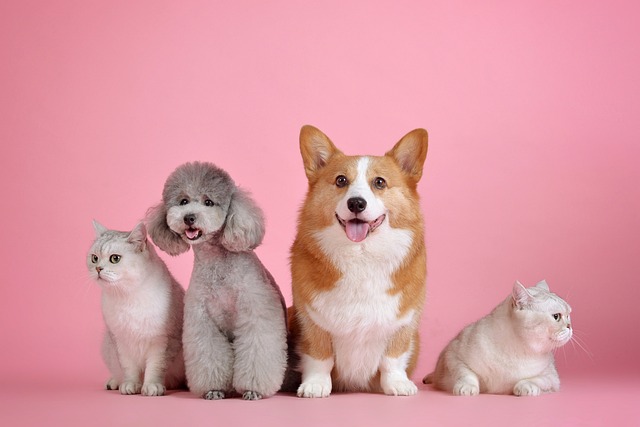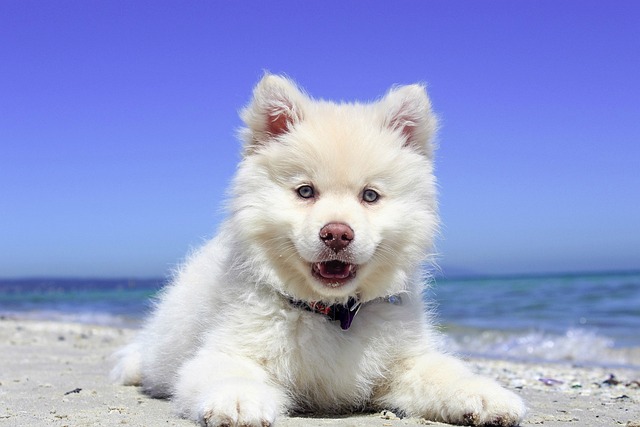
What is the use of dog training collar?
Ever wondered how some dog owners manage to have their furry friends respond instantly to commands? Chances are, a dog training collar played a part. But it’s not just about getting your dog to sit or stay.
If you're lucky enough to share your life with an Irish Wolfhound, you know these gentle giants have hearts as big as their paws. But training such a massive breed? Don't let their size intimidate you. With patience, consistency, and a whole lot of love, you can raise a well-mannered companion who'll turn heads wherever you go. Let's dive into how to make training a positive experience for both of you.
Start early—puppyhood is prime time for shaping behavior. Socialize your fuzzy friend slowly: introduce them to new people, sounds, and places. Some pups dive into new experiences; others need time to feel safe. No pressure—let them explore at their own speed. A calm, positive approach here lays the foundation for confidence.
Focus on basics: "sit," "stay," "come," and "down." Irish Wolfhounds are sensitive and eager to please, so use treats, praise, or toys to reward good behavior. For "sit," guide their bottom down with a treat, say the word, and celebrate like it's a big win. Keep sessions short—10 minutes max, a few times a day—to keep them engaged and excited to learn.
 Leash training is a must for these tall companions. Start indoors with a light leash, letting them get used to the feel before outdoor walks. If they pull, stop moving until they relax—no yanking, just gentle reinforcement that walking nicely gets rewards. Remember, many areas require leashes in public, so mastering this helps keep both of you safe and compliant.
Leash training is a must for these tall companions. Start indoors with a light leash, letting them get used to the feel before outdoor walks. If they pull, stop moving until they relax—no yanking, just gentle reinforcement that walking nicely gets rewards. Remember, many areas require leashes in public, so mastering this helps keep both of you safe and compliant.
Patience is key—these dogs are dreamy, not stubborn. They might take time to grasp commands, but every small win counts: a longer "stay" or no jumping on guests. Keep energy positive—your mood affects theirs. If training feels tough, take a break. Fun, stress-free sessions build trust faster than frustration ever could.
Living well with others matters too. Their size can be intimidating, so teach manners around kids and pets. Keep barking in check—noise laws exist for a reason, and being a good neighbor makes life easier for everyone. Stay on top of legal stuff: vaccinations, licenses, and local pet rules. Responsible ownership ties into training seamlessly.
Training continues into adulthood. Refresh commands around distractions and try new activities like gentle agility or carrying a small bag. Mental stimulation keeps their minds sharp and strengthens your bond. Every Wolfhound is unique—some learn fast, others need repetition. That's okay; embrace their individuality.
At the heart of it all: training is about trust. These dogs want to make you happy—guide them kindly, celebrate their efforts, and enjoy the journey. With time, you'll have a well-mannered giant who turns heads not just for their size, but for their wonderful behavior.

Ever wondered how some dog owners manage to have their furry friends respond instantly to commands? Chances are, a dog training collar played a part. But it’s not just about getting your dog to sit or stay.

Training a dog for the first time can feel like cracking a secret code, but with patience and the right approach, you’ll soon be sharing a language only the two of you understand.

You’re strolling through a Seattle park with your German Shepherd when she suddenly lunges at a squirrel, nearly yanking your arm off.

When considering using an e-collar to address your dog’s unwanted behaviors, it’s crucial to start with a solid foundation of understanding.

The debate around crate training tends to polarize dog owners, with some swearing by its benefits and others condemning it as unnatural confinement.

Crating a dog overnight is a common practice among pet owners in North America and Europe, but it often sparks debate. Some view crates as a safe, den-like space that provides security,